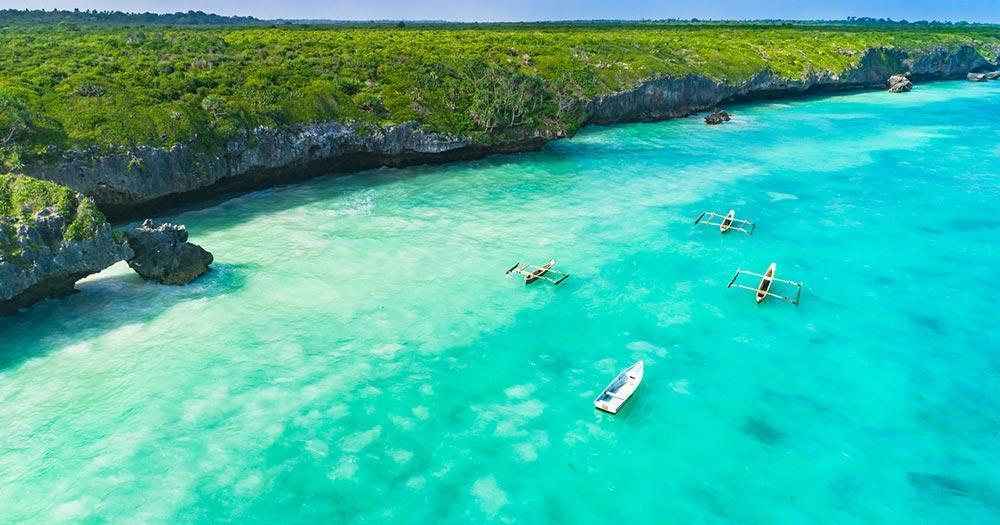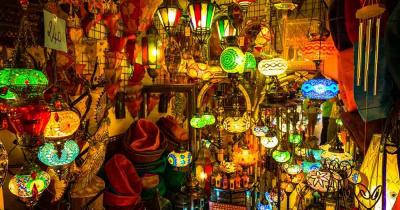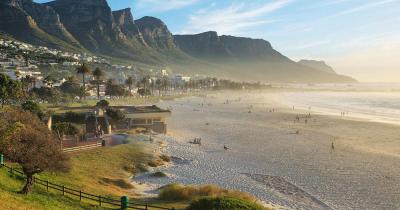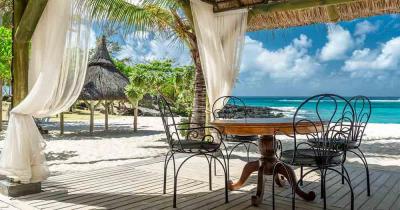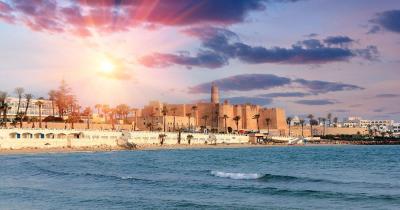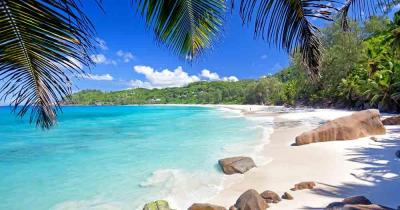Zanzibar
Exoticism in the Indian Ocean
Categories: Zanzibar Tanzania
Off the east coast of Africa, in the warm waters of the Indian Ocean, lies Zanzibar. It is a group of islands that has become world famous through the cultivation of expensive spices. Even today the name Zanzibar exudes exoticism and fascinates more and more holidaymakers from all over the world. Swahili and Arabic are spoken here, another official language is English. For the entry a visa (also available locally) is needed. Zanzibar is considered safe - also according to European standards.
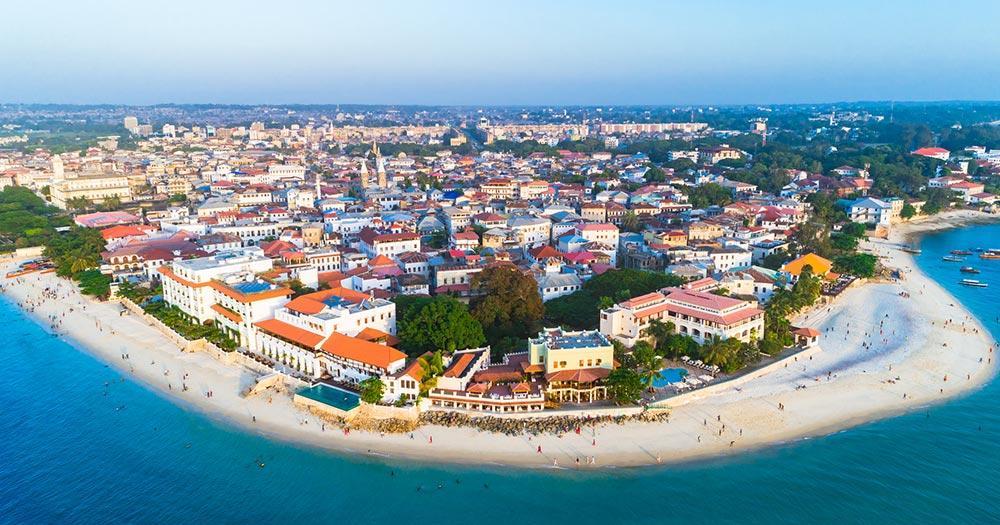 © mariusltu / Fotolia
© mariusltu / Fotolia
Zanzibar is a semi-autonomous state of the Republic of Tanzania and therefore largely independent in terms of domestic politics. The culture and way of life on the islands, which are Muslim shaped (90%), differs clearly from the life on the mainland. The heart of the archipelago is the main island Unguja, on which the capital Zanzibar Town with its historic old town Stone Town (UNESCO World Heritage Site) is located.
Zanzibar's best and most popular travel times
The archipelago lies only a few degrees south of the equator and therefore benefits from the tropical climate. There are two dry and two rainy seasons. The months of March to May are characterized by heavy rainfall during the rainy season. In contrast, there is hardly any precipitation during the "great" dry season from June to October.
The "small" rainy season in November and December is less intense, although the weather here can change very often and suddenly.
The most popular travel season for tourists is the "small" dry season in January and February (high season). Temperatures here rise to over 30°C while humidity remains high. The best time to travel is the "big" dry season, because the islands are less crowded than in the main season.
Exploring tropical rainforest to lonely beaches and exotic spice farms
At the northern tip, around the fishing village Nungwi, some hotel chains have settled down. A destination here is definitely the lighthouse.
On the west side of the headland there are still lonely bays and beaches. Along the east coast of the island there are long sandy beaches, which are more and more developed for tourism. In the east of the island mainly coconut palms grow due to the coral soil.
In the south is the Jozani Chwaka Bay National Park with the famous Jozani Forest. In this national park the Zanzibar mute monkeys, which only live on Zanzibar, can be observed as well as black crabs, which live in the impressive mangrove forests.
In the interior of the island there are only few touristically developed areas. The locals - called Zanzibarians - live in simple huts and cultivate small pieces of land.
In the western part of the island there is tropical rainforest and many pineapple, jackfruit and banana plantations. An absolute must on every visit to Zanzibar are the famous spice farms. 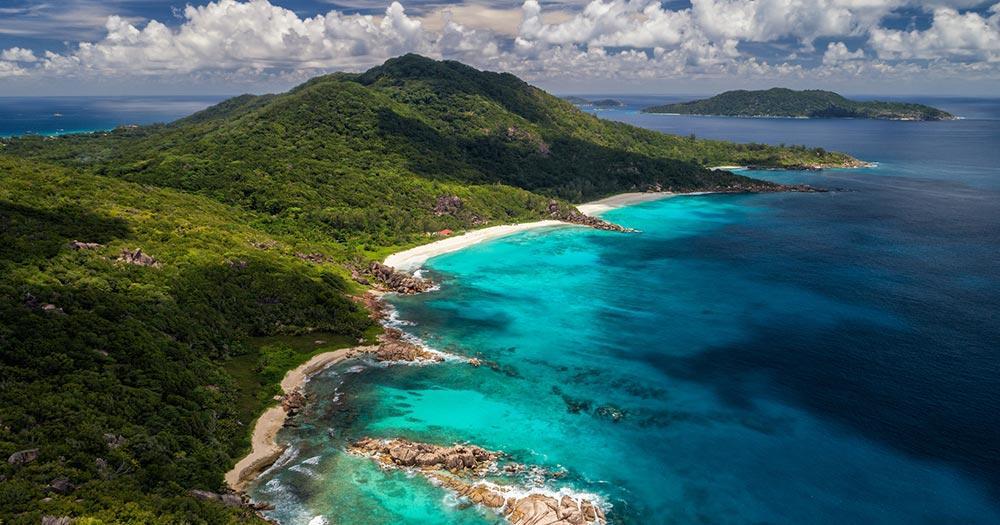 © palino666 / Fotolia
© palino666 / Fotolia
There, one can guess how many spices that are only known to us as dried spices thrive in the tropical climate. The farms are mainly located east of the capital. The ruins of former sultan's palaces are certainly worth a visit.
Especially at night, the island comes to life and is characterized by a lively nightlife, especially on the promenade of Stone Town and near the bigger hotels. In the Forodhani Gardens, countless merchants offer sugar cane juice, seafood and other snacks from sunset.
